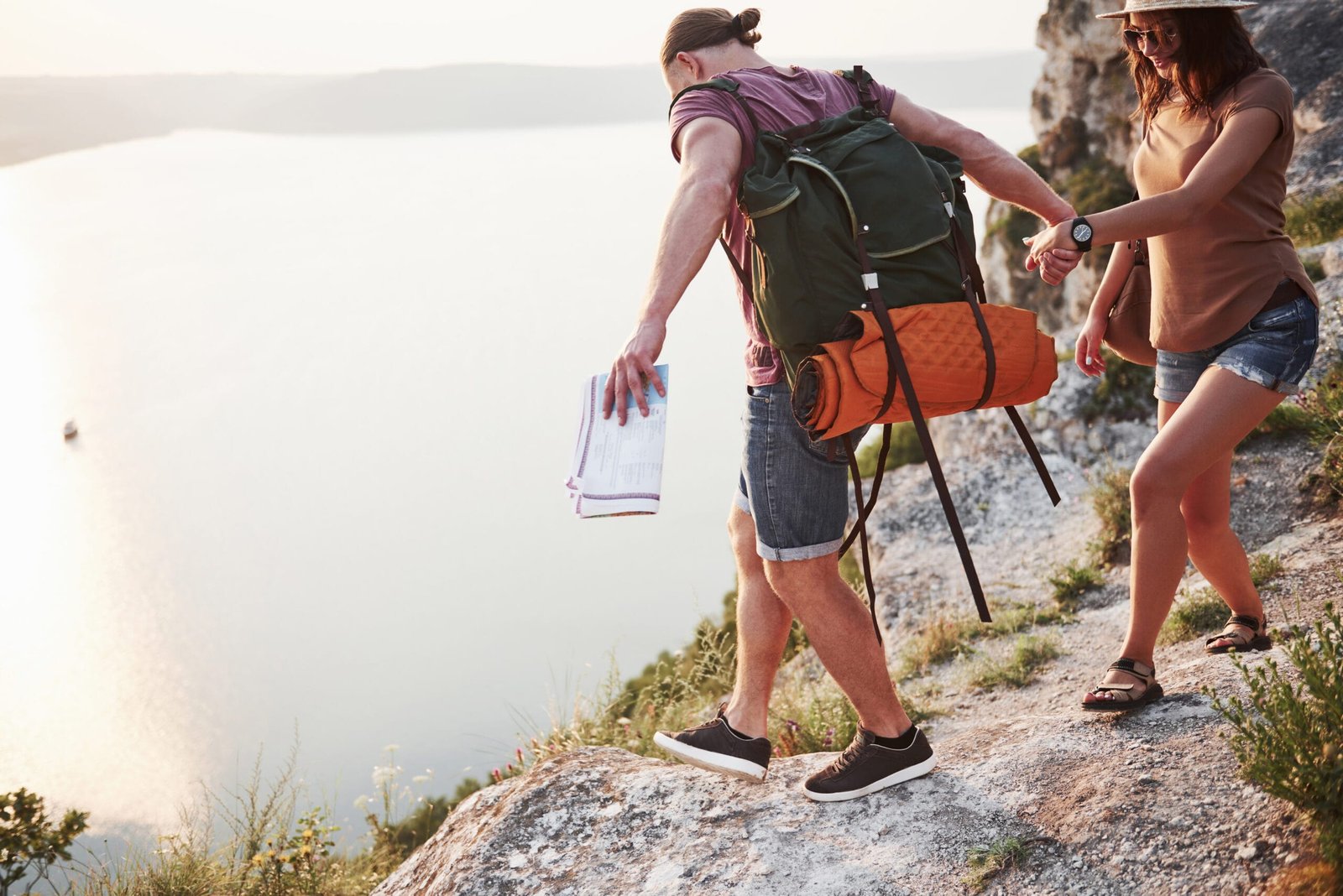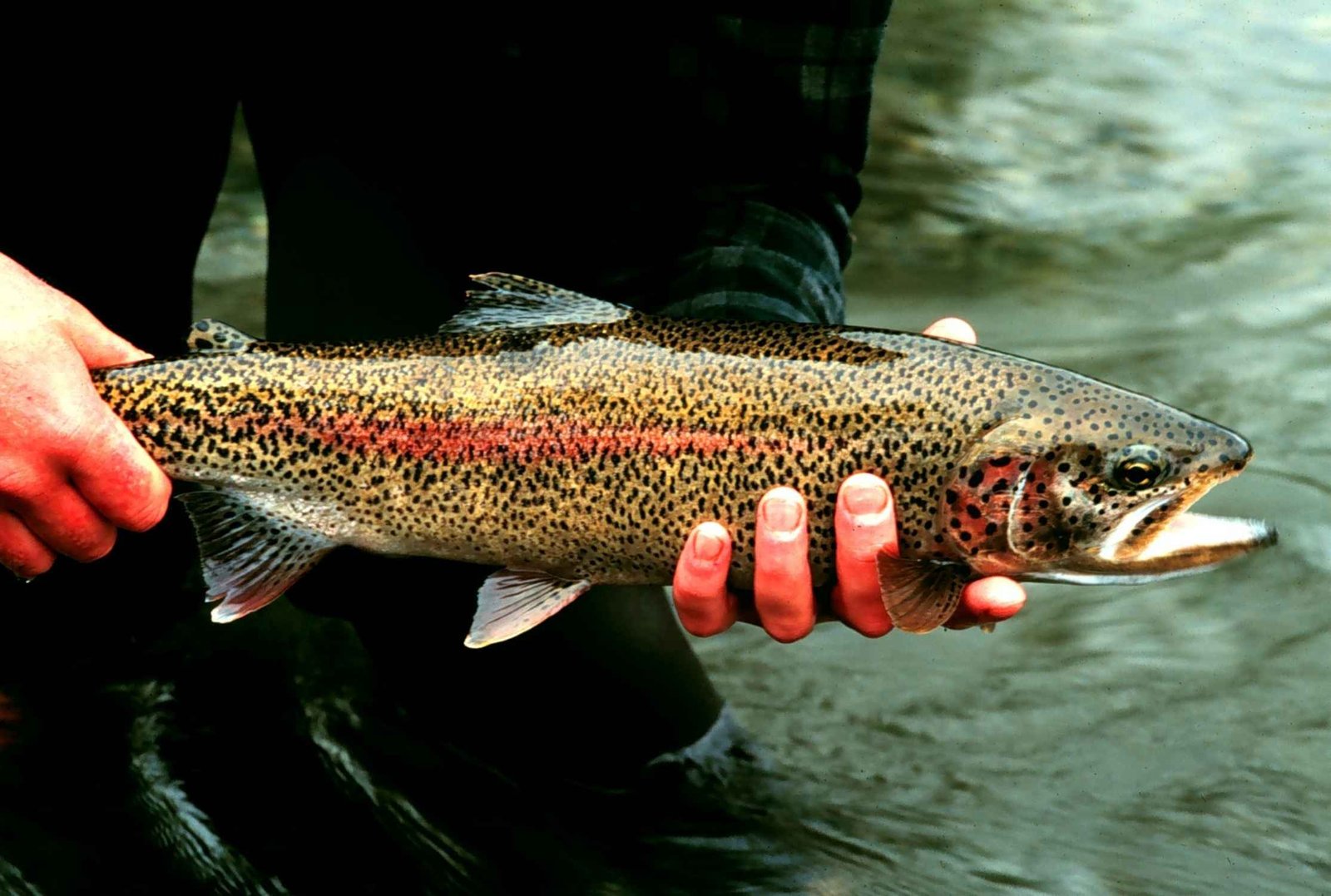When walking, hiking or trekking through the wilderness, one of the most important pieces of equipment you should always take with you is a walking stick. These come in many forms, from a plain stick that is heavy enough to support your weight, to the more advanced trekking poles and staffs that come in a variety of sizes, weights and materials. Some of these are also collapsible, which makes them very easy to pack without taking up too much room.
One of the most valuable roles of a walking stick is to help you to keep your balance, especially on difficult terrain or when crossing rivers and streams. Sometimes it helps to have something to lean on or to use as a support when trying to walk up hills or shale, as it just gives you that extra bit of balance to keep you on your feet. A walking stick, staff or pole can also be used to test the depth of any bodies of water you need to cross, and by poking the ground underwater in front of you, it can help you determine the safest path of travel.
When traveling you generally need to carry a lot of gear with you which can get pretty heavy, so using a walking stick can help take some of the pressure off. This is very important for the health and support of various joints in your body, including knees, hips, ankles and of course your back. And if you do happen to hurt your leg or foot, the walking stick will act as a crutch until you can receive medical attention.

Hiking can be very tiresome, and using a stick or pole will aid with pushing you forward and keeping you going. There is something very reassuring about having something to lean on or to use as a propellant when you are physically tired. Also, instead of leaning on your stick, if you need to cross over a fallen tree or other obstacle you can use it as a balancing pole, just as if you were walking across a tightrope. The same method can be utilized when crossing rope bridges, as it can be quite difficult to balance yourself, especially when the bridge is old and a little unstable.
A walking stick is a useful tool when walking through bushy areas or forest. It is helpful for pushing brush and tree matter out of the way\y as you walk through, or to remove any large spider webs you may come across that are stretched across your path. And of course, if one of those spiders gets a little too close, your stick can be used as a weapon. Other animals can be a threat to your safety, and waving a stick at them can often dispel the majority so you can carry on safely. If the worst-case scenario occurs and an animal attacks you, fight back using your walking stick, as that may be the only form of defense you have.

Once you have chosen a camping spot and are ready to set up camp for the night, your walking stick or pole can come in handy as well. If you need to build some type of shelter, your stick could act as a tent pole of sorts to help hold up any covering you are using. Depending on the type of stick you use, it may be helpful as a fire poker to move the embers around in your campfire. Or prop it up across the fire with two y-shaped branches and use it to hang your cooking pot on.

The wilderness isn’t the only place where a walking stick or trekking pole can be an important tool. It is just as useful if not more so, when traveling through ice and snow covered areas. Slipping over is a major risk, so that extra support is invaluable. In this kind of environment a trekking pole would be a better option, and you can even use two, just as though you would use skiing poles.
When choosing a trekking pole, you need to think about what you need it for and what would be more suitable for your use. These poles come in adjustable forms, which is ideal if you are extra tall or extra short. There are also poles with shock absorbency, and this feature can be turned on or off to suit whatever terrain you are traversing. Standard trekking poles are quite light, but for those who want an even lighter option, there are ultralight poles available. These are ideal for long journeys as they are so light, so you don’t experience the same type of fatigue as you might with a standard pole.

There are two main types of materials used in constructing trekking poles. Aluminum is a great option if you want something that’s going to last well without high expense. These typically weigh between 18-22 ounces per pair of poles. Although aluminum poles may bend under heavy force they will not snap or break.
The other main material is carbon fiber, which creates a much lighter pole but is usually much more expensive. These poles help to reduce any vibration that may travel up the pole, but they are not really the best option if you are hiking across very rugged terrain. This is because they are more likely to break or splinter under heavy force, unlike the aluminum varieties. However, they weigh only 13-18 ounces a pair, so if you are hiking in a more subtle environment, they would be ideal.
When looking at trekking poles, it is important to note that there are different poles for women. Typically they are a shorter pole, and the handgrips are smaller to match the smaller hands of a woman compared to a man. They are also lighter than the other poles.
If you are planning a journey through the wilderness, mountains or any other outdoor location, remember to take a walking stick, trekking pole or staff with you. Their multiple uses are invaluable for ensuring your safety and a higher level of comfort and support. You can easily purchase one of these from a multitude of stores, but if you really want a unique experience you can just make one yourself. Some people find it satisfying to whittle away at a branch to create the perfect walking stick, and it’s really not that difficult to do.
one of these from a multitude of stores, but if you really want a unique experience you can just make one yourself. Some people find it satisfying to whittle away at a branch to create the perfect walking stick, and it’s really not that difficult to do.



0 Comments